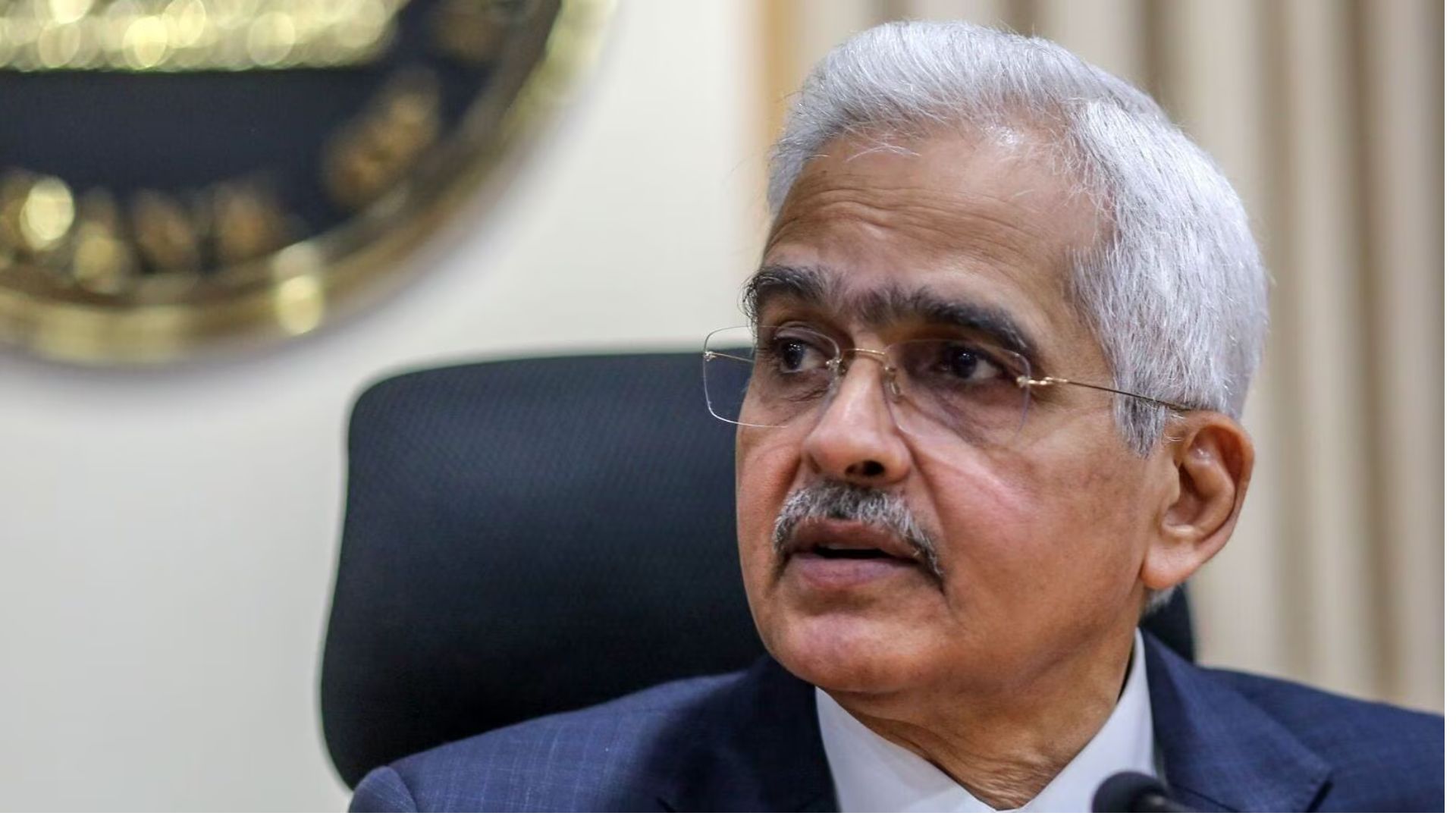Reserve Bank of India (RBI) Governor Shaktikanta Das cautioned that while the central bank has managed a “soft landing” amid several global challenges, risks of inflation resurgence and slowing economic growth remain. Speaking at the CNBCTV18 Global Leadership Summit on Thursday, Das acknowledged that inflation could reemerge, impacting overall growth prospects.
“Soft landing has been ensured, but risks of inflation coming back and growth slowing down do remain,” said Das, highlighting the continued global challenges including geopolitical conflicts, geoeconomic fragmentation, commodity price volatility, and the ongoing impacts of climate change.
Inflation and Monetary Policy Adjustments
Das noted that central banks worldwide had tightened monetary policy in response to inflationary pressures, particularly those exacerbated by supply chain disruptions and the war in Ukraine. Despite RBI’s efforts to control inflation, food inflation continues to pose challenges, which Das emphasized in the context of the central bank’s target to reduce inflation to 4% on a sustained basis.
RBI has kept its policy repo rate unchanged at 6.5% for the 10th consecutive time. The Governor also mentioned that in the latest monetary policy statement, the RBI had anticipated higher inflation readings for September and October, which was reflected in the official data.
The next RBI monetary policy meeting is scheduled for the first week of December.
India’s External Sector Stability
On India’s external sector, Das praised the country’s stability, noting that the current account deficit (CAD) remained within manageable limits. The CAD stood at 1.1% of GDP in Q1 of 2024-25, signaling a robust external sector performance. India’s merchandise exports recovered in the first half of FY 2024-25, and services exports rose by 11%, contributing to a favorable economic outlook.
Das also highlighted that private remittances and strong capital inflows were helping contain the CAD, while also supporting foreign exchange reserves, which stood at USD 682 billion as of October 31. This amount, he pointed out, is sufficient to cover India’s external debt and approximately 12 months of merchandise imports.
Das added that the RBI is actively working on addressing climate-related risks and their potential impact on the financial sector. The central bank is set to issue final guidelines for a disclosure framework on climate-related financial risks shortly.







